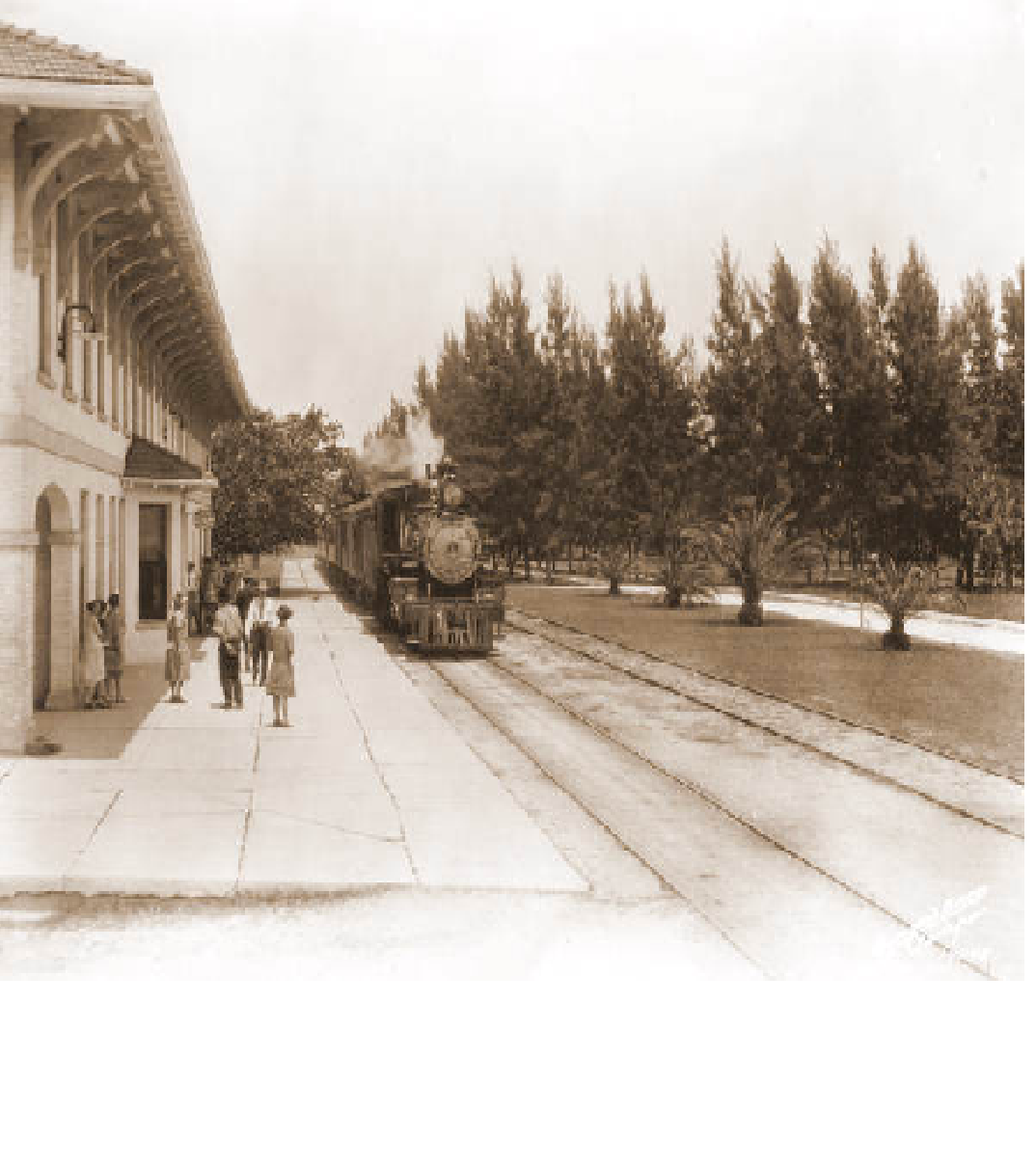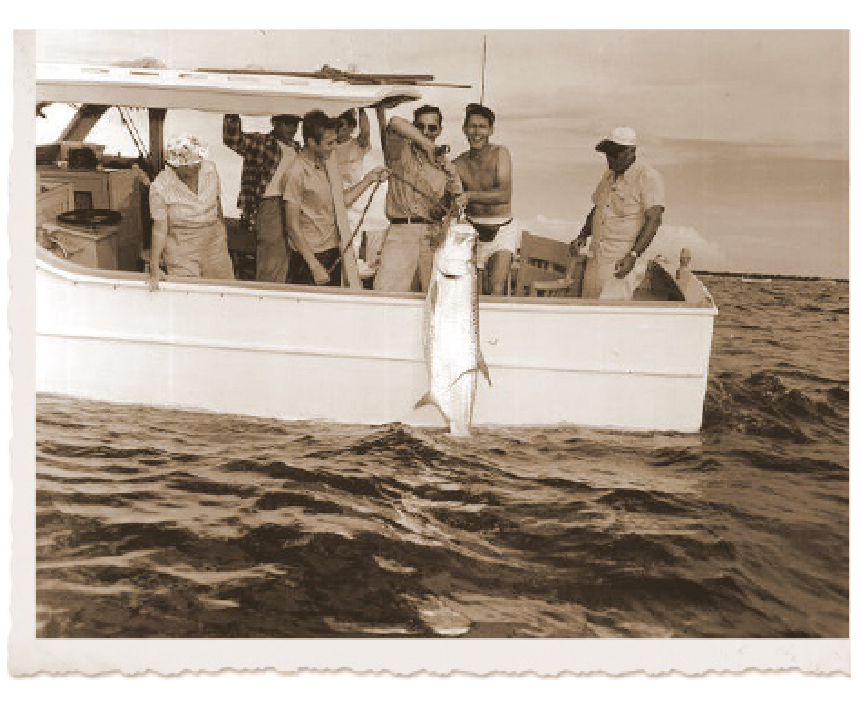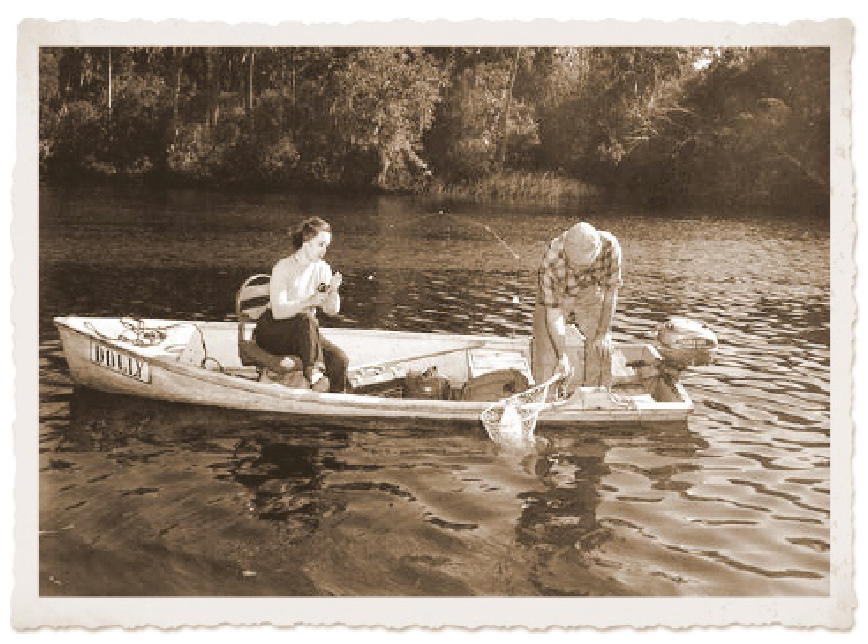
Boca Grande is a charming small town that works to balance its natural waterways and preserves with its seafaring past. Located between Sarasota and Fort Myers, Boca Grande is located on Gasparilla Island, a barrier island off the southwestern coast of Florida that straddles the border of Charlotte and Lee Counties. The Calusa Native Americans were the first to live on the island. The Calusa territory reached from Charlotte Harbor to Cape Sable, present-day Charlotte and Lee counties. While local lore says that the island is home to the treasure of the pirate Jose Gaspar aka Gasparilla, anthropologist Andre-Marcel d’Ans and author of “The Legend of Gasparilla: Myth and History on Florida’s West Coast”, suggests it was actually named for a Spanish missionary named Gaspar or Gasparillo because the name appears on maps pre-dating the legendary buccaneer.

In 1885 phosphate rock was discovered on the banks of the Peace River just above Punta Gorda, located east of Gasparilla Island from Charlotte Harbor. Phosphate is used to make fertilizers and other products around the world. The southern-most part of the island, called Boca Grande Pass, is one of the deepest natural inlets in Florida and not only established the town, it also became a major deep water port for the distribution of phosphate which was barged down the Peace River and loaded into schooners for worldwide distribution. Looking for a more reliable way to ship the phosphate, the harbor was dredged and in 1905 a Charlotte Harbor and Northern Railroad line was built connecting Boca Grande to the outside world. During this time Gasparilla Island became a capital for phosphate shipping and would remain so until the 1970s. The blue waters off Gasparilla Island teem with tarpon, snook, redfish, grouper and trout, making it a sportsman’s paradise and recognized as the ‘Tarpon Capital of the World.’ To meet this increased demand, the famed Gasparilla Inn opened in 1911 and the island became a highly regarded vacation destination for Tampa and Fort Myers society. After the railroad was completed several wealthy families from the Northeast such as the Francis B. Crowninshield and Harry F. DuPont families purchased land and built winter residences.

The island was also landscaped during this time and this is the birth of the now famous section of Second Street called Banyan Street. Banyan Street is a historic part of the village of Boca Grande on Gasparilla Island, located just south of the Downtown Boca Grande Historic District. The street may have been designed in a 1914 master plan by landscape architect Carl Rust Parker, and one block is lined with a graceful alleé of banyan trees. The street runs perpendicular to the Gulf of Mexico, and the unique tunneled space the trees create framed views of the evening sunsets. It is a fixture of many photos taken by tourists and artists who visit the area as well as a popular wedding destination location.

By the 1930’s the Inn’s luster was dimming and Barron G. Collier purchased it. Later it was auctioned off to a group headed by Bayard Sharp who became the sole owner and in subsequent years it has been regularly renovated and modernized to serve the strong influx of tourists to the area. The railroad stopped running in 1958 when the Boca Grande Causeway opened. The Train Depot was restored in the late 1970s and has become a destination for shopping and dining. The Gasparilla Island Conservation and Improvement Association transformed the old railroad track bed into the bike and golf cart path. The railroad was converted into a bicycle/golf cart path than spans almost the full length of the island creating ample walking and bicycling paths around the island and most cars are stowed in favor of golf carts which are the preferred method of transportation.

Today’s residents and visitors can enjoy the slower paced island lifestyle with the sparkling blue Gulf waters and a pristine shoreline ideal for swimming, snorkeling, fishing, birding and other nature study a rewarding pastime. Winter residents benefit from excellent shelling and an escape from the brutal cold in the Midwest and East Coast. The West coast of Florida is enjoying a resurgence of interest. In 2010, The Wall Street Journal selected Gasparilla Island as one of the 10 Best Places for Second Homes and the new construction and historic homes are in demand as more look to discover the charms of Gasparilla Island once again.
Stay In Boca Grande
